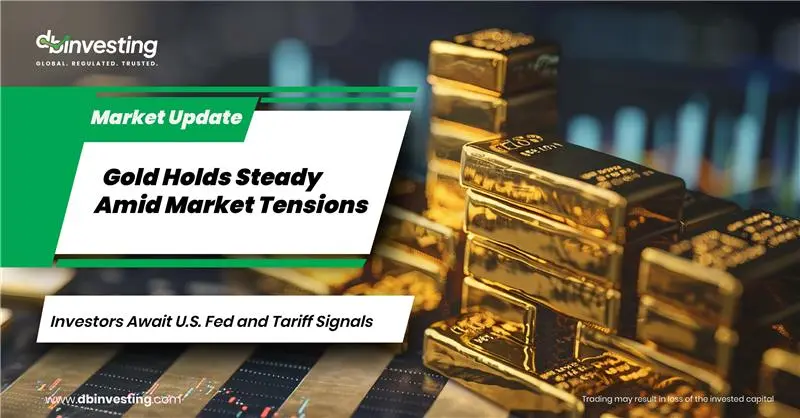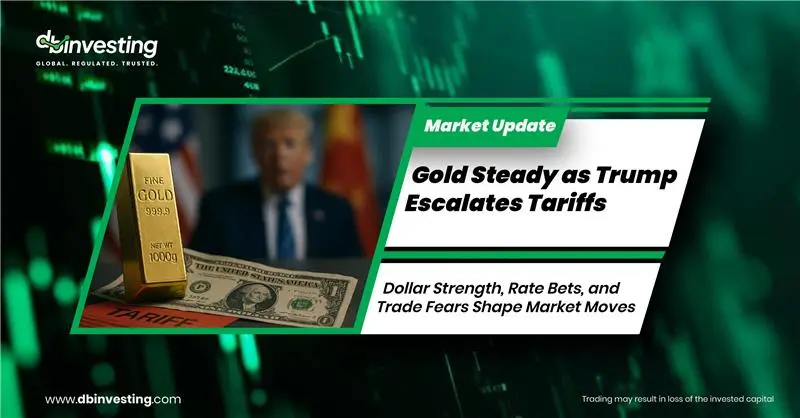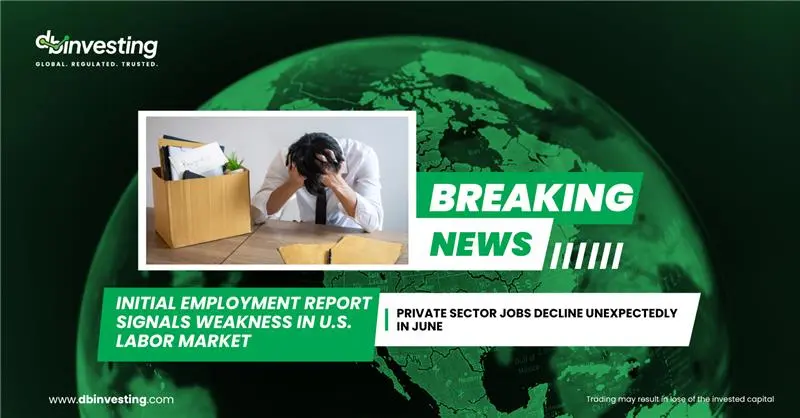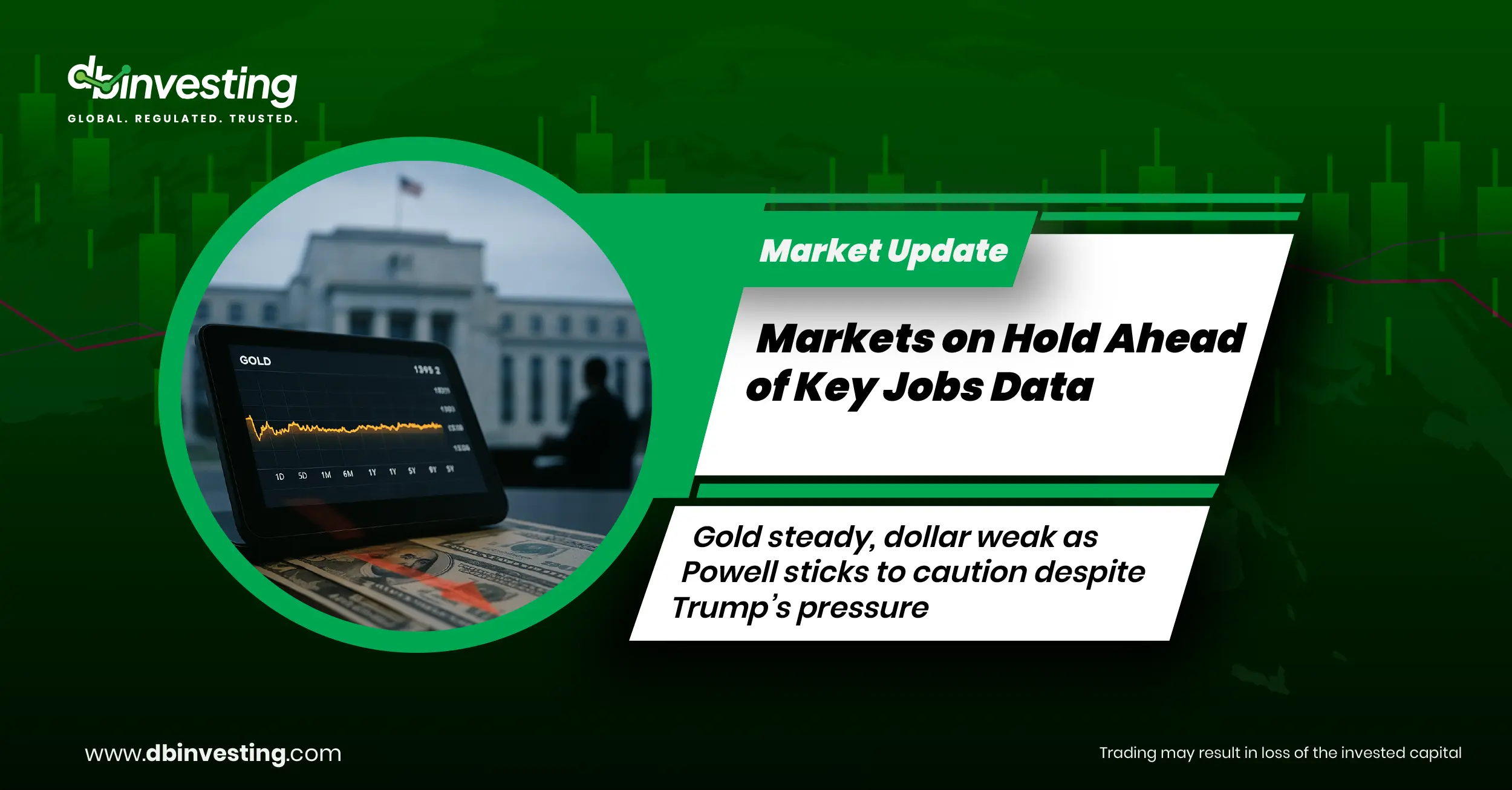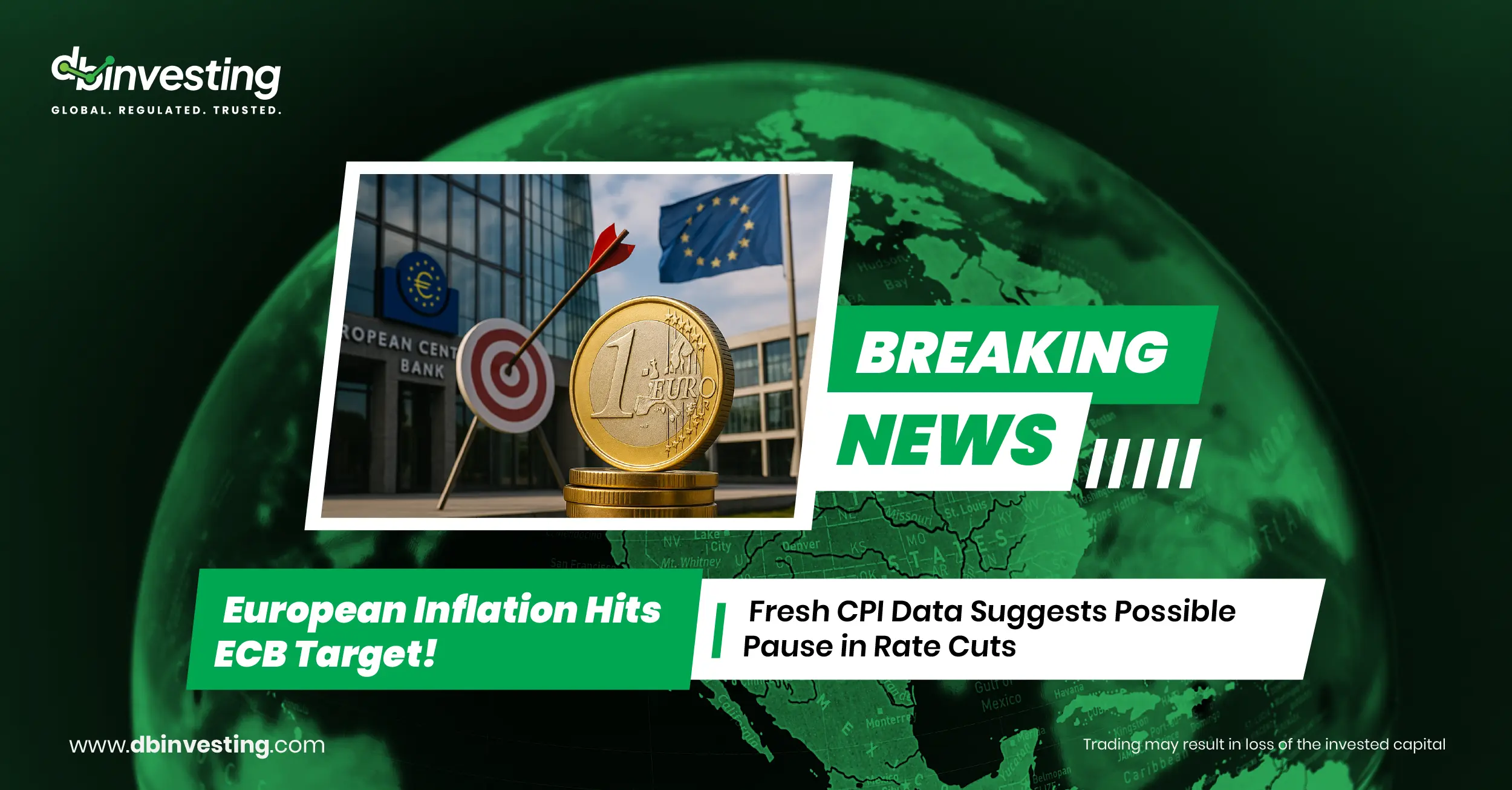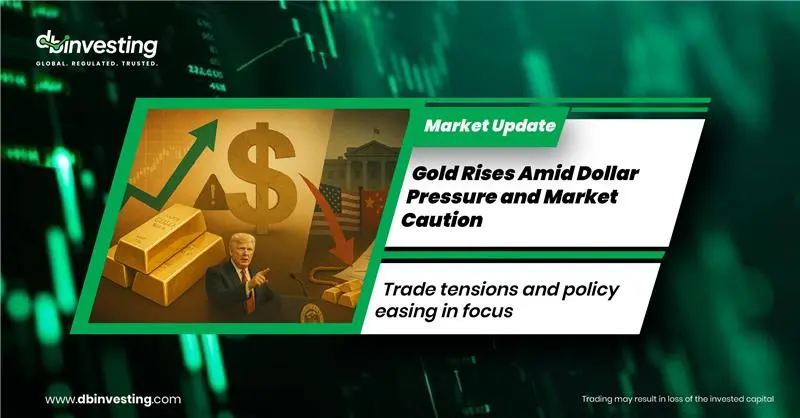Investors Await U.S. Fed and Tariff Signals
Gold prices steadied at a level not seen in over a week and a half, hovering around the 3284–3285 USD range during Wednesday’s Asian session. This comes as the metal appears to be consolidating slightly lower, with investors cautious amid ongoing trade tariff uncertainties.
The U.S. Federal Reserve continues to play a dominant role in shaping expectations, with Fed Chair Jerome Powell maintaining a hawkish stance, keeping pressure on gold prices. Despite a moderate rebound, gold failed to break above recent highs and showed limited momentum due to elevated U.S. Treasury yields and a stronger dollar.
At the same time, investor sentiment remains cautious due to fears of economic impacts from tariffs and political tensions, including U.S. President Donald Trump’s threats of new duties.
Highlights:
- Fed Meeting Minutes:
Investors await the release of Fed meeting minutes for further insights into interest rate policy. Any indication of rate cuts could pressure the U.S. dollar and boost gold prices. - Market Outlook:
While many investors are wary of higher U.S. yields and a stronger dollar, expectations of policy easing by the Fed and political uncertainties still provide some support for gold. - U.S. Bond Yields:
Rising U.S. 10-year government bond yields have capped gold’s gains, with the dollar also near a two-week high, reducing gold’s appeal as a safe-haven.
Asian currencies fell broadly on Wednesday, with investors bracing for more tariffs after U.S. President Trump’s recent threats. Meanwhile, New Zealand’s central bank kept interest rates unchanged but signaled potential easing ahead, adding to market volatility.
In China, consumer data slightly improved in June, aided by government stimulus and efforts to ease the burden of trade tensions. The New Zealand dollar dropped 0.3% against its U.S. counterpart.
Conclusion
Gold remains in a consolidation phase, with investors closely watching the Fed’s next moves and geopolitical developments. Until clearer signals emerge, price movements are likely to remain constrained by yields and dollar strength.
